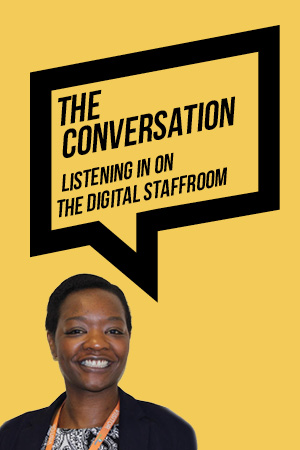Educate 1-to-1 explores the practicalities of using mobile technology for every student in a school.
Evidently, 57 per cent of primary schools and 75 per cent of secondaries plan on implementing a one-device-per-child strategy in the next few years, according
to the British Educational Suppliers Association. If you work in a school that is considering going down this road this book is for you. The five authors all work in the field and the book is a thorough examination of all the strategic issues as well as the technical practicalities involved.
Mobile technology is not only a complex technical subject but also a high-cost strategy for any school. The authors are clear that you need to know exactly what you are aiming to achieve, as well as knowing what you need to do to get there. This isn’t something that can be done cheaply. The book suggests the cost to a 1,000 pupil school over two to three years is a staggering £500,000 They take you through all the practicalities and warn you of the pitfalls and the small print that can add hugely to the bill.
This is a helpful book for teachers and governors that appears reasonably objective . . . the authors avoid the evangelical hard sell. They clearly want people to get it right and not be swept along. It is highly readable and written in a clear accessible style that explains the technical side well enough for a non-specialist like me.
All innovations need time to be tested, to bed down and then be fully evaluated. Mobile technology is just beginning, so the evidence base here is small. Devices light enough to be truly portable haven’t been around that long (the IPad was only launched in 2010).
The book is honest and unapologetic: innovations have to start somewhere and the authors are helpful in exploring both what a school pilot programme should look like and how to structure your evaluation process to get results that focus on your aims and outcomes. They are not keen on the exam success proxy measure as so many other variables may be at work.
The title Educate 1-to-1 conjured up teacher/student support and didn’t immediately speak to me about mobile technology, and indeed the book has little to say about personalised learning. I got the impression that many of the early adopter schools are in the independent/selective sector and their students may be a somewhat skewed sample. The combination of high-performing students and parents eager to add whatever tools that will propel their children forward may not be a prototype for schools with a more pressing need to raise attainment. Whether all students from all backgrounds will gain significantly is an important question that would need to be addressed in parallel.
The evidence base for how children learn effectively is equally small; it is a territory overpopulated with myth and magic. Some relevant strands are emerging – for example, students may not read as fluently from a screen, which has implications for younger and struggling readers.
An even bigger question is how the relationship between student and teacher is affected by a mobile interface. A skilled teacher sets a pace that enables each student to tune in, process and make sense of material before he or she commits to memory.
While mature learners can reflect on their own progress and adapt their actions, many young people have not yet developed the full range of metacognitive skills required and remain dependent on the teacher to mediate learning. We need to be confident that personalised learning and differentiation can be fine-tuned via mobile technology and that the high time demand to create materials digitally can be factored in, or students who are less independent in their learning strategies will be at a disadvantage. Mobile technology is here to stay but there are many questions still to be answered.












Your thoughts